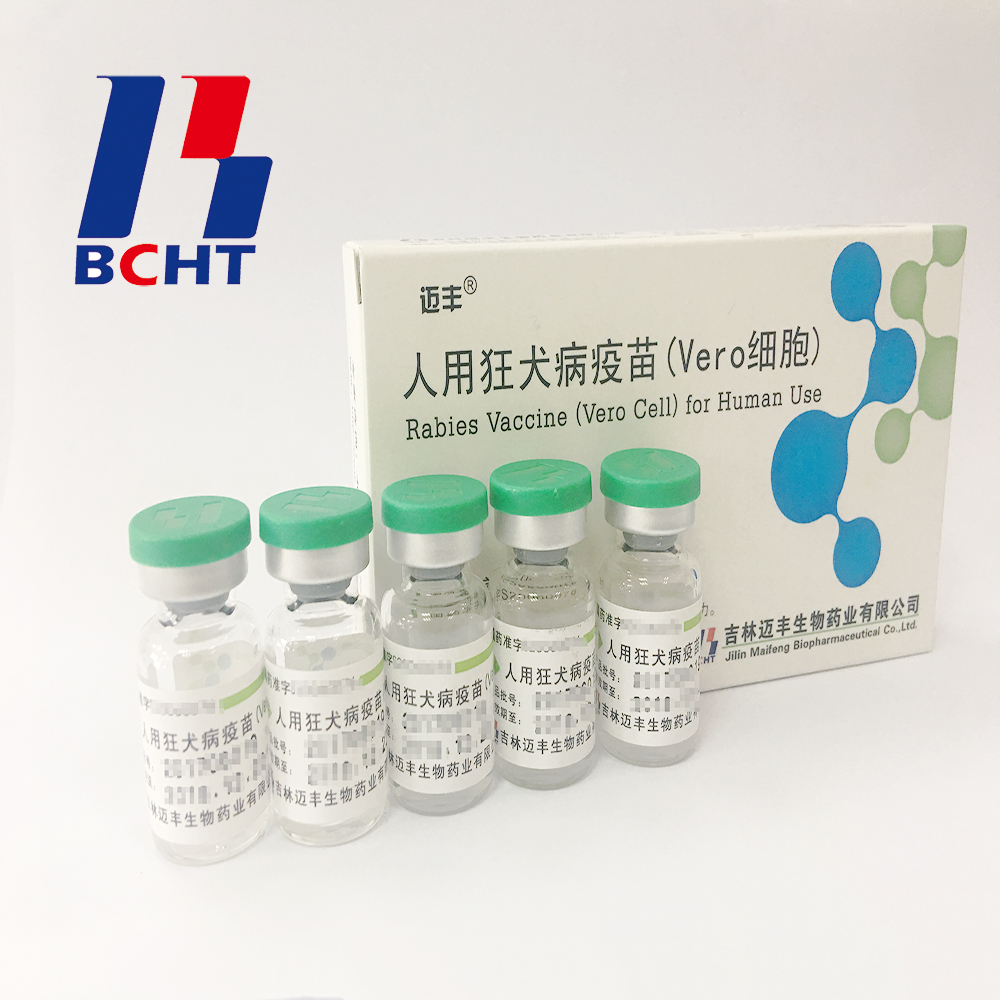First, yellow water damage. Some low-lying, ditching-drained plots have long-term waterlogging conditions and the organic matter decomposes slowly and the nutrients cannot be absorbed in time. As a result, the wheat seedlings are yellow in color, grow slowly, and the root development is hindered. The roots are shallow, and serious ones appear. Rotten root dead seedling phenomenon. For such wheat fields, clearing and draining shall be immediately carried out to deepen the dredging of field drainage ditches to reduce the groundwater level, and then appropriate amount of available nitrogen fertilizer and phosphorus and potassium fertilizers shall be used to promote normal growth. ? Second, the lack of nitrogen yellow. Nitrogen-deficit yellow wheat fields generally exhibit uniform yellowing and yellowing of the whole plant, old leaves are heavier than new leaves, and the leaves are narrow and new leaves are reduced. The number of seedlings is excessively excessive and organic fertilizer is insufficient in the base fertilizer. The seedling fertilizer and tiller fertilizer are also relatively Less yellow fields are particularly serious. For these nitrogen-deficient yellow wheats, nitrogen-based fertilizers should be mainly used to supplement nitrogen fertilizers. Generally, 15 tons of human fecal material or 15-20 kg of ammonium bicarbonate can be used for watering per acre. Ammonium that is too wet can be changed to Shi to increase fertilizer utilization. ? Third, potassium deficiency yellow. Potassium deficiency often occurs in sandy soil plots, and sorghum is heavier than sorghum. Yellowish wheat seedlings generally begin at the tip of the leaf and then extend downward along the leaf margin. The boundary between the macula and the normal part becomes apparent. Inlaid yellow, yellow leaves tend to soften, later attached to the ground. Potassium-deficient wheat fields generally use 100 kilograms of ash per acre for spreading. Potassium chloride and other chemical potassium fertilizers can also be used for spreading or watering 10 kilograms per mu, and can also be sprayed with 2% potassium dihydrogen phosphate. Can receive better results.
Rabies Vaccine (Vero Cell) for Human Use
The first company develops and employs the technology of microcarrier bioreactor for production of Rabies Vaccine (Vero Cell) for Human Use in China. The culturing process has good repeatability, the product shows reliable quality and in reasonable stability and has the comparable effect with lyophilized formulation.
Rabies Vaccine,Freeze-Dried Rabies Vaccine,Mild Rabies Vaccine,Stable Rabies Vaccine For Human Use Changchun BCHT Biotechnology Co. , https://www.ccbcht.com
